dogwood, should i have left the burlap on or not?
glimmer_2009
14 years ago
Related Stories
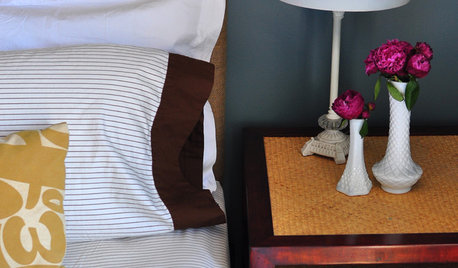
DECORATING GUIDESBeautiful Burlap?
The Low-Cost Fabric is Prime Fodder for a Weekend Project
Full Story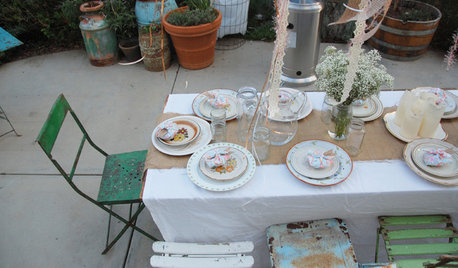
DECORATING GUIDESSurprise Contender: Burlap for Accessories
Burlap gets a bad rap, but don't bristle at the thought of using it. With these tips, it can put your decor in fine form
Full Story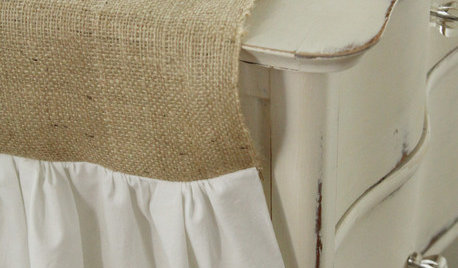
DECORATING GUIDESHandmade Home: How to Sew a Table Runner
Make an affordable and easy ruffled burlap table runner in a few simple steps
Full Story
WINTER GARDENING6 Reasons I’m Not Looking Forward to Spring
Not kicking up your heels anticipating rushes of spring color and garden catalogs? You’re not alone
Full Story
GARDENING GUIDESHow I Learned to Be an Imperfect Gardener
Letting go can lead to a deeper level of gardening and a richer relationship with the landscape. Here's how one nature lover did it
Full Story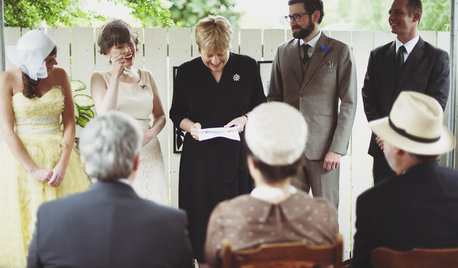
WEDDINGSHouzz Call: Show Us Your Backyard Wedding!
Did you say ‘I do’ at home? We want to hear and see everything about it. Share your photos and you could be featured in an upcoming ideabook
Full Story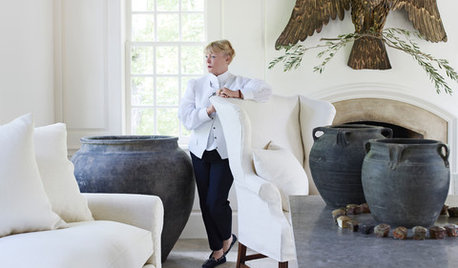
TASTEMAKERSA Designer Edits — and Adds — for Dramatic Effect
Interior designer Nancy Braithwaite’s new book shows how it’s possible to edit rooms of all styles to create their best look
Full Story



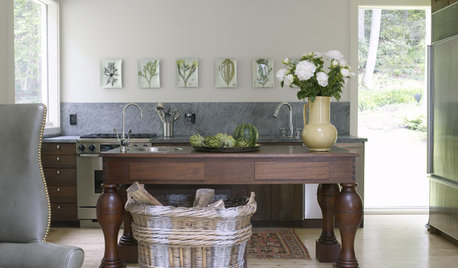
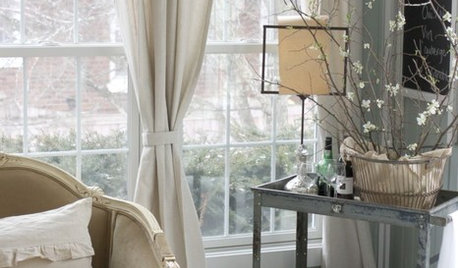



iforgotitsonevermind
Toronado3800 Zone 6 St Louis
Related Discussions
Should I remove these branches from dogwood
Q
I have to cut a pink dogwood down......
Q
Should I be removing what's left of my leaf mulch??
Q
Should I be reimbursed for xtra wood left over after installation
Q
brandon7 TN_zone7
iforgotitsonevermind
brandon7 TN_zone7
ken_adrian Adrian MI cold Z5
brandon7 TN_zone7
Embothrium
whaas_5a
brandon7 TN_zone7
whaas_5a
brandon7 TN_zone7
whaas_5a
ken_adrian Adrian MI cold Z5
glimmer_2009Original Author
whaas_5a
Toronado3800 Zone 6 St Louis
Embothrium
brandon7 TN_zone7
whaas_5a
glimmer_2009Original Author
brandon7 TN_zone7
Embothrium
whaas_5a
brandon7 TN_zone7
brandon7 TN_zone7
whaas_5a
brandon7 TN_zone7
whaas_5a
Embothrium
whaas_5a
rain2fall
whaas_5a